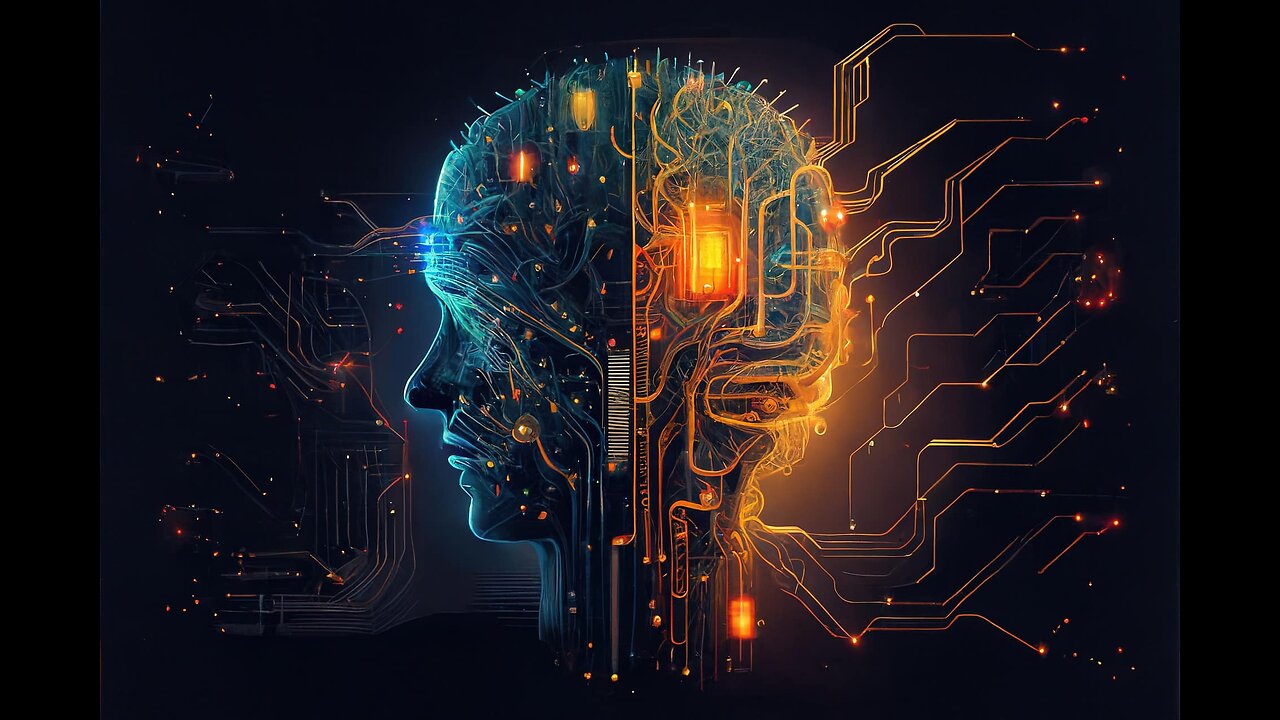Premium Only Content

5 AI tools for translation - Cointelegraph
🥇 Bonuses, Promotions, and the Best Online Casino Reviews you can trust: https://bit.ly/BigFunCasinoGame
5 AI tools for translation - Cointelegraph
Translation is the process of converting written or spoken content from one language to another while preserving its meaning. By automating and enhancing the translation process, artificial intelligence (AI) has significantly contributed to changing the translation industry. To evaluate and comprehend the structure, syntax and context of the source language and produce correct translations in the target language, AI-powered translation systems use machine learning algorithms and natural language processing techniques. Types of AI-powered translation systems AI-powered translation systems can be categorized into two main approaches: Rule-based machine translation (RBMT) To translate text, RBMT systems use dictionaries and pre-established linguistic rules. Linguists and other experts create these guidelines and dictionaries that specify how to translate words, phrases and grammatical structures. While RBMT systems are capable of producing accurate translations for some language pairs, they frequently face limitations due to the complexity and diversity of linguistic systems, which makes them less useful for translations that are more complex. Statistical machine translation (SMT) SMT systems employ statistical models that have been developed using sizable bilingual corpora. These algorithms analyze the words and phrases in the source and target languages to find patterns and correlations. SMT systems are able to make educated assumptions about the ideal translation for a particular input by examining enormous volumes of data. With more training data, SMT systems get more accurate, although they may have trouble with unusual or rare phrases. Neural machine translation (NMT) has recently become more well-known in the translation industry. To produce translations, NMT systems use deep learning methods, notably neural networks. Compared to earlier methods, these models are better able to represent the context, semantics and complexities of languages. NMT systems have proven to perform better than other technologies, and they are widely employed in many well-known translation services and applications. Advantages of AI in translation The use of AI in translation offers several advantages: Speed and efficiency: AI-powered translation systems can process large volumes of text quickly, accelerating the translation process and improving productivity. Consistency: AI ensures consistent translations by adhering to predefined rules and learned patterns, reducing errors and discrepancies. Customization and adaptability: AI models can be fine-tuned and customized for specific domains, terminologies or writing styles, resulting in more accurate and contextually appropriate translations. Continuous improvement: AI systems can learn from user feedback and update their translation models over time, gradually improving translation quality. AI tools for translation There are several AI tools available for translation that leverage machine learning and natural language processing techniques. Here are five popular AI tools for translation: Google Translate Google Translate is a widely used AI-powered translation tool. To offer translations for different language pairs, it combines rule-based and neural machine translation models. It offers functionalities for text translation, website translation and even speech-to-text and text-to-speech. Google Translate offers both free and paid versions. The basic translation services, including text translation, website translation and basic speech-to-text features, are accessible to users for free. However, Google also offers a paid service called Google Translate API for developers and businesses with more extensive translation needs. API usage is subject to pricing based on the number of characters translated. Microsoft Translator Another capable AI translation tool is Microsoft Translator. It offers translation services for many different languages and makes use of neural machine translation models. It offers developers APIs and SDKs so they may incorporate translation functionality into their projects. Microsoft Translator offers a tiered pricing model. It has a free tier that allows users to access basic translation services with certain limitations. Microsoft also provides paid plans for higher volume and advanced features. The pricing is typi...
-
 LIVE
LIVE
Alex Zedra
2 hours agoLIVE! Chill stream before Thanksgiving!
1,600 watching -
 LIVE
LIVE
Pepkilla
5 hours agoDouble XP Zombies and Warzone ~
1,002 watching -
 0:46
0:46
Dr Disrespect
2 days agoIt's not just a stream... it's an experience
467K2.79K -
 1:28:27
1:28:27
Kim Iversen
1 day agoBOMBSHELL: Secret British Military Plot to Prolong the Ukraine War And Take Down The Grayzone
77.3K48 -
 11:54
11:54
Professor Nez
3 hours ago🚨CHILLING REVELATION: Tucker Carlson Reveals Dems NEXT PLAN to STOP Trump!
38.5K24 -
 6:51
6:51
Colion Noir
3 hours agoI have Something To Say To Gun Owners
22.7K15 -
 1:18:24
1:18:24
Glenn Greenwald
7 hours agoLiberals Encourage Family & Friends To Separate Over Political Disputes; Segment Debut Of System Pupdate: Profiles Of Rescued Dogs | SYSTEM UPDATE #373
83.5K132 -
 1:24:53
1:24:53
Flyover Conservatives
22 hours agoMarketing Madness or Manipulation? The War on Western Identity - Alex Newman; Economic Update - Dr. Kirk Elliott | FOC Show
25.2K1 -
 1:15:05
1:15:05
PMG
23 hours ago $3.75 earned"Big Pharma EXPOSED: The HIDDEN Cures They Tried to Bury"
21.7K4 -
 LIVE
LIVE
Tundra Gaming Live
5 hours ago $1.43 earnedThe Worlds Okayest War Thunder Stream
229 watching